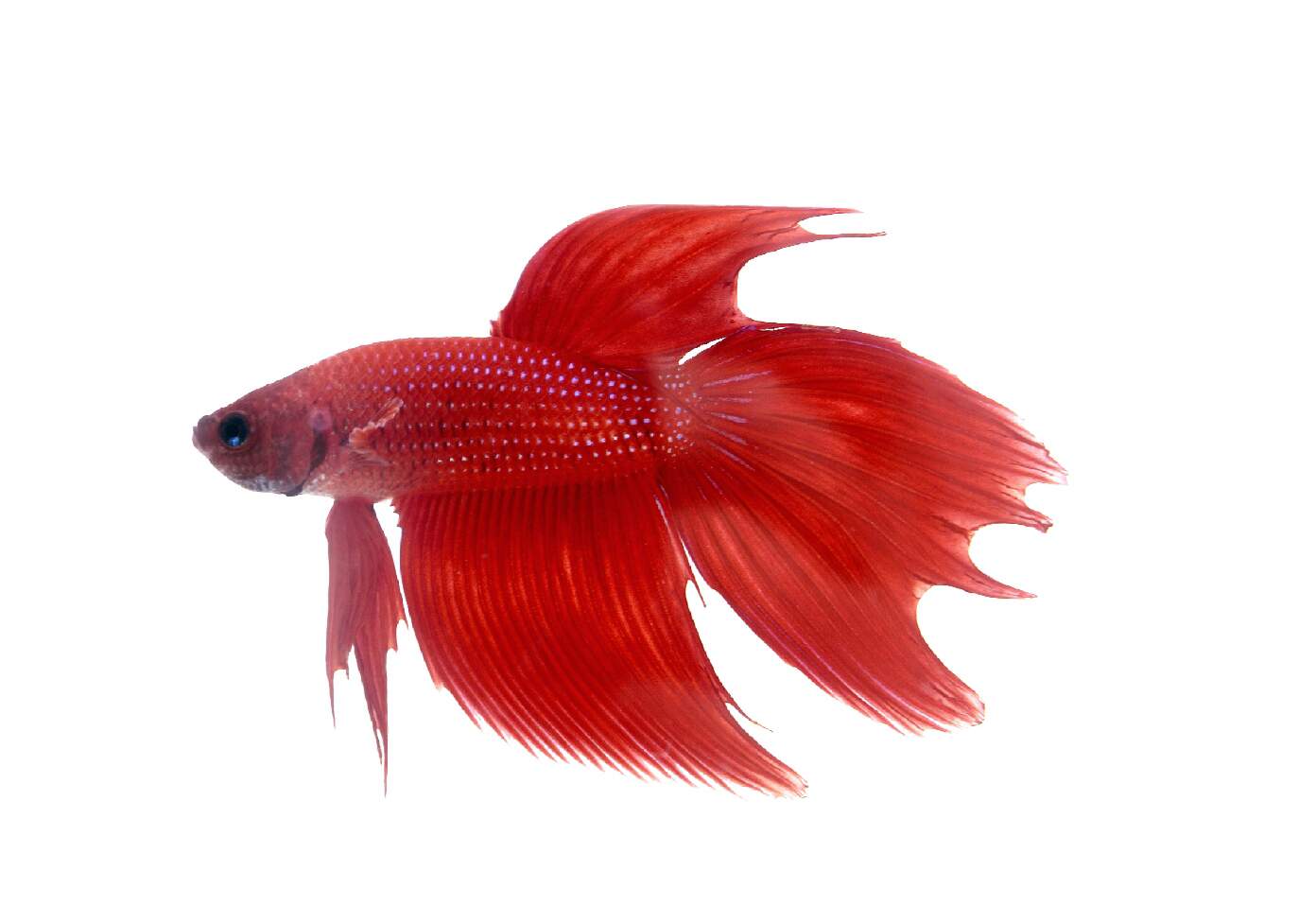Common Betta Fish Diseases and How to Prevent Them
Common Betta Fish Diseases and How to Prevent Them
Blog Article
How to Reproduce Betta Fish Efficiently: Expert Strategies and Insights for Hobbyists Aiming To Broaden Their Betta Collection
Reproducing Betta fish requires a nuanced understanding of genetics and ecological problems, making it important for hobbyists to come close to the procedure with both diligence and care. Producing an optimum breeding environment, choosing the appropriate pairs, and observing the ins and outs of their courtship actions are foundational steps that can significantly impact the result.
Recognizing Betta Fish Genetics
Understanding the genetics of Betta fish is vital for effective breeding, as it influences traits such as shade, fin form, and actions. Betta fish exhibit a diverse array of shades and patterns, greatly determined by their hereditary makeup.
Along with coloration, fin morphology is another significant aspect of Betta genetics (betta fish). The sizes and shape of fins are influenced by various genes, consisting of those that establish whether the fins are brief, long, or veil-shaped. Recognizing these genetic variations aids dog breeders anticipate the phenotypic outcomes of their offspring
In addition, behavioral characteristics such as aggressiveness and territoriality can likewise be influenced by genes. These actions play an essential duty in the breeding process, as they can affect generating success and the overall temperament of the resulting fry. By adequately recognizing these genetic concepts, dog breeders can make educated decisions, inevitably improving their breeding programs and achieving preferable results.
Preparing the Reproduction Setting
Creating an optimal reproduction setting is important for the successful recreation of Betta fish. The initial step in preparing this atmosphere is to pick an ideal breeding storage tank, preferably varying from 5 to 10 gallons.
Following, consider making use of a sponge filter or an air rock to give gentle water flow without producing solid currents that can emphasize the fish. It is important to mount plants or reproducing cones to supply hiding spots and advertise convenience for the lady throughout the spawning procedure. Drifting plants, such as Java moss or water sprite, can additionally create a more natural surroundings while promoting bubble nest structure by the man.
Prior to presenting the breeding pairs, guarantee the water is conditioned and totally free from dangerous chemicals, such as chlorine or hefty steels. betta fish. Normal water adjustments need to be performed to keep optimum water top quality, boosting the opportunities of effective reproduction. With these prep work in position, the reproducing atmosphere will certainly sustain the health and wellness and wellness of both Betta fish
Choosing Reproduction Pairs
Selecting the right breeding pairs is essential for accomplishing successful Betta fish reproduction. Healthy Betta fish display dynamic colors, clear eyes, and energetic habits.
Character is another important factor to consider, as Betta fish are understood for their hostile nature. It is recommended to select a man and woman that exhibit suitable characters to minimize stress and anxiety find here throughout the click resources reproducing process. A tranquil man can urge a smoother courtship, while a woman that is too hostile might interrupt the procedure.
Genetic history also plays a considerable role in the high quality of the offspring. Breeding fish that are genetically varied can decrease the threat of hereditary wellness issues and improve the total vigor of the fry. It is helpful to research the lineage of both the man and lady, concentrating on preferable traits such as fin type, shade patterns, and dimension.
The Breeding Process
The reproduction process of Betta fish requires cautious preparation and interest to information to ensure an effective end result. Initially, it is important to prepare an appropriate reproduction container, ideally a 5-10 gallon aquarium with a temperature kept at 78-80 ° F. The storage tank needs to be equipped with a heater, filter (preferably sponge kind to prevent solid currents), and a lot of aquatic plants for the female to conceal.
When the setting is established, present the picked breeding set to the tank, permitting them to adjust. Observe their habits; the man will certainly display elaborate courtship routines, including flaring his fins and developing a bubble nest. If the female reveals interest, she will certainly present upright stripes indicating preparedness for spawning.
When the woman is receptive, the set will certainly engage in a breeding accept, during which the male feeds the eggs. Preserving optimal water problems throughout this period is crucial for the growth of healthy Betta fry.
Taking Care Of Betta Fry

Feeding Betta fry is critical, as they why not try these out need a diet regimen high in protein. At first, they can be fed infusoria or fluid fry food, transitioning to carefully crushed high-grade pellets as they grow. Feed tiny portions multiple times a day to encourage healthy development without straining the container with leftover food.

As they grow, monitor their growth very closely and separate any hostile individuals to avoid damage. By providing a supporting environment and correct nourishment, enthusiasts can efficiently raise Betta fry right into vibrant, healthy and balanced fish, ultimately improving their breeding ventures.
Verdict
Successful Betta fish breeding calls for meticulous focus to genetic choice, ecological conditions, and care for the fry. By comprehending the genes of Betta fish and preparing a suitable breeding atmosphere, enthusiasts can boost the possibilities of producing vibrant, healthy spawn.
Report this page